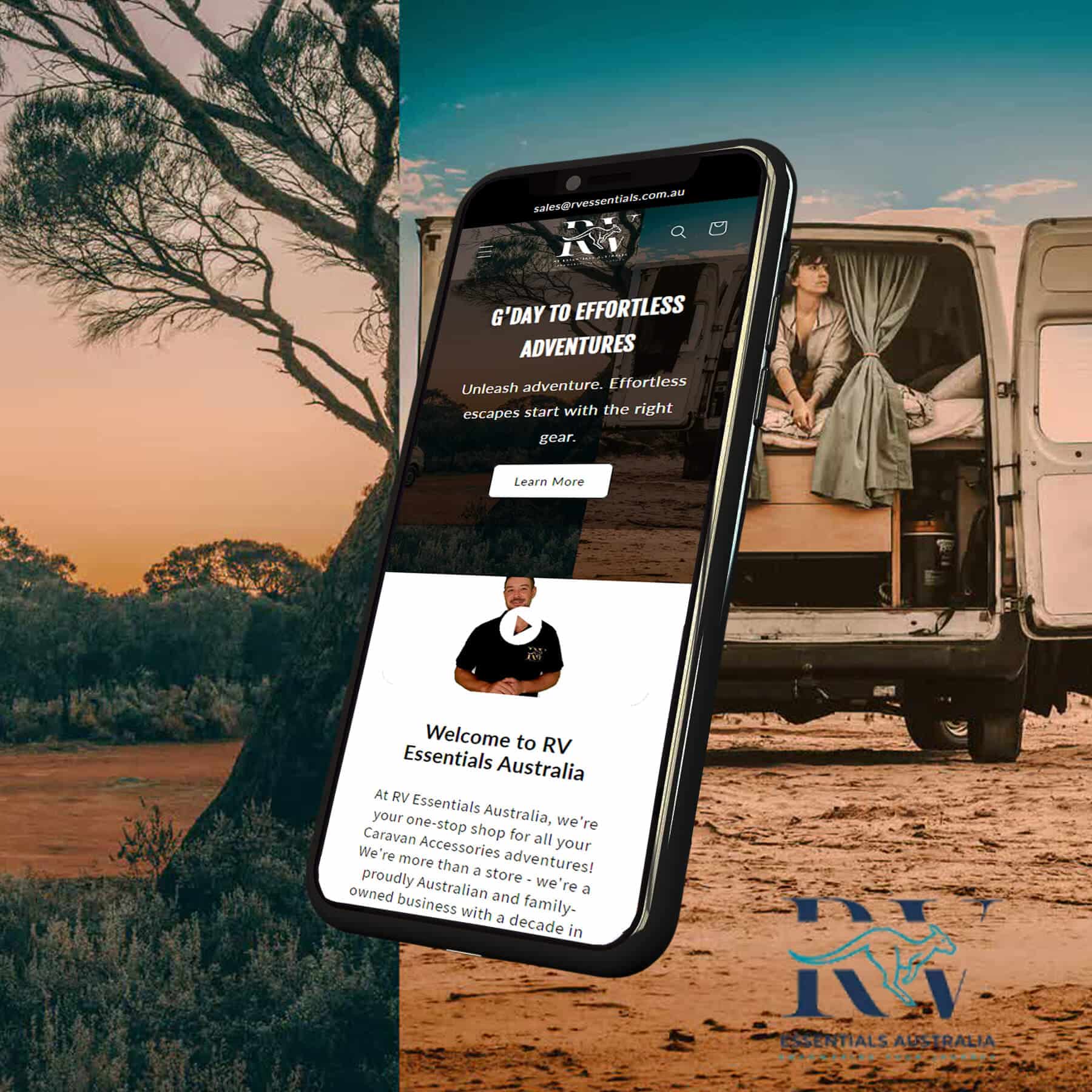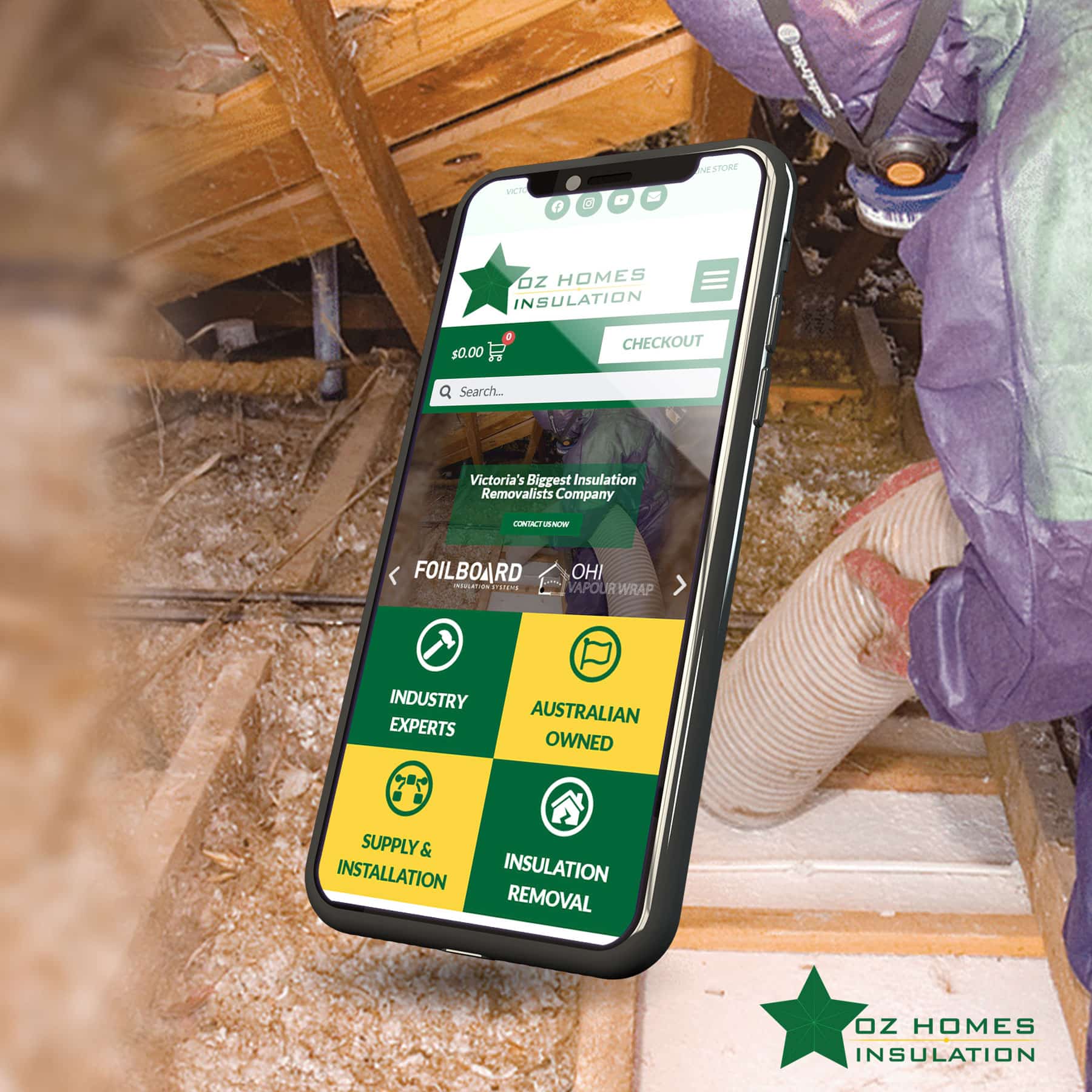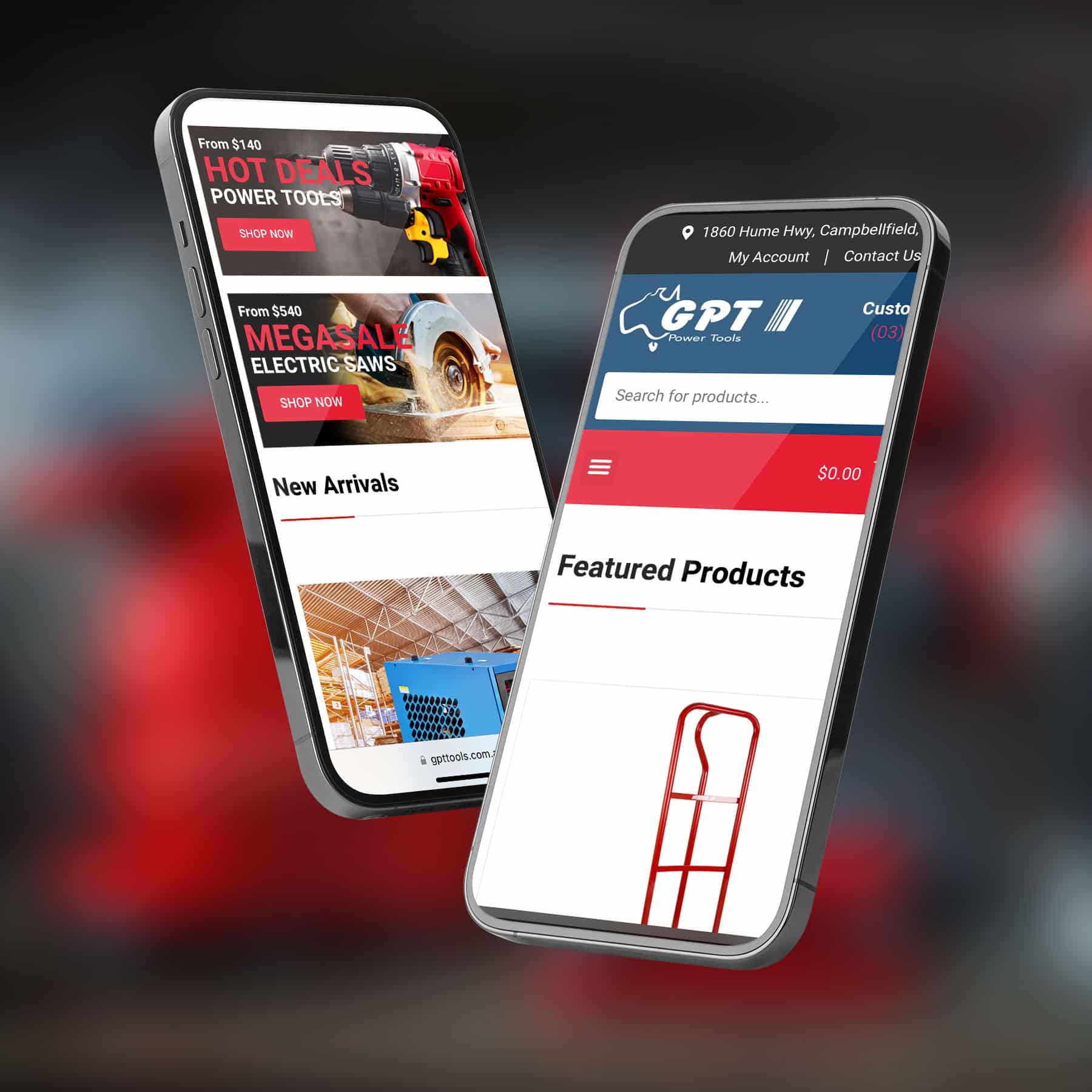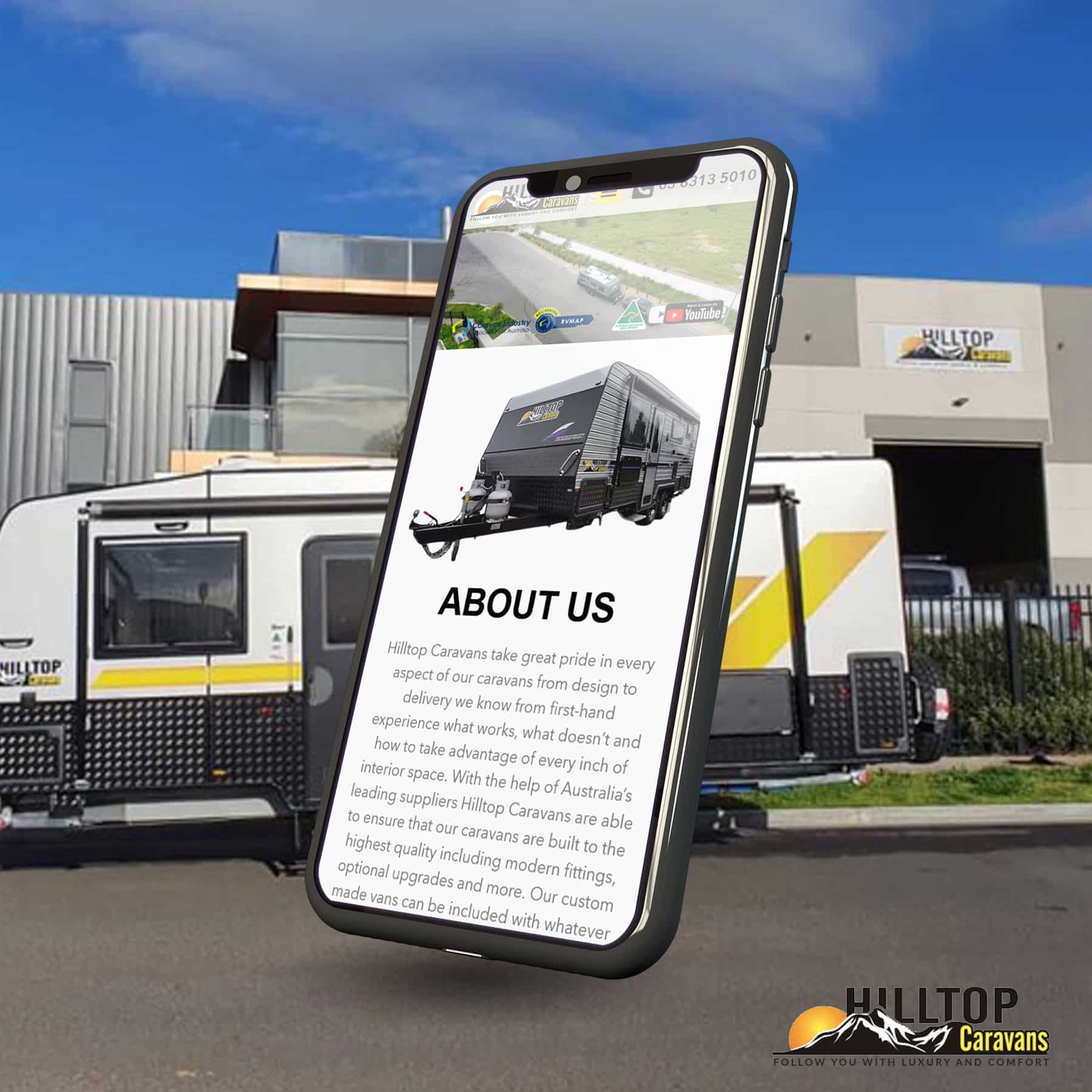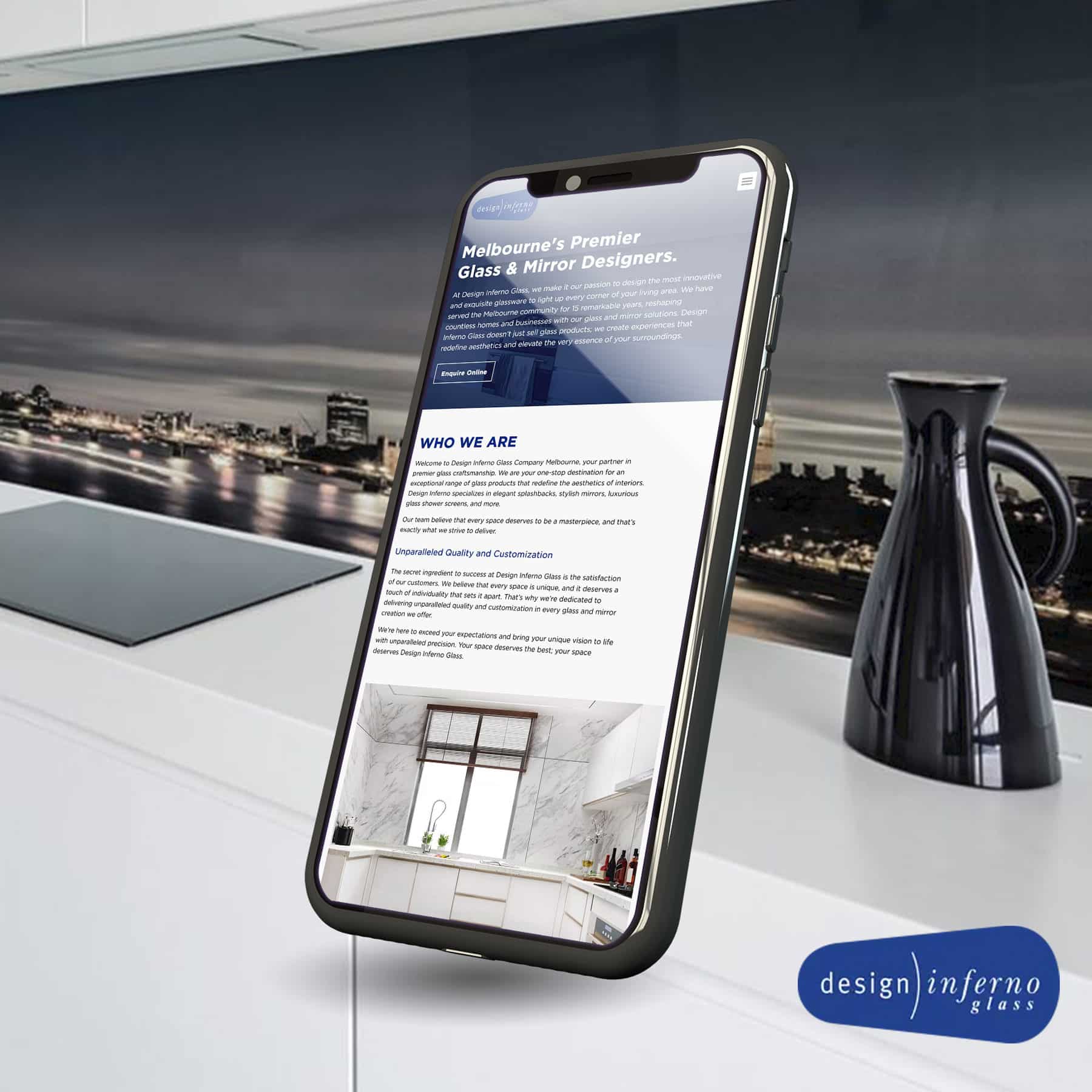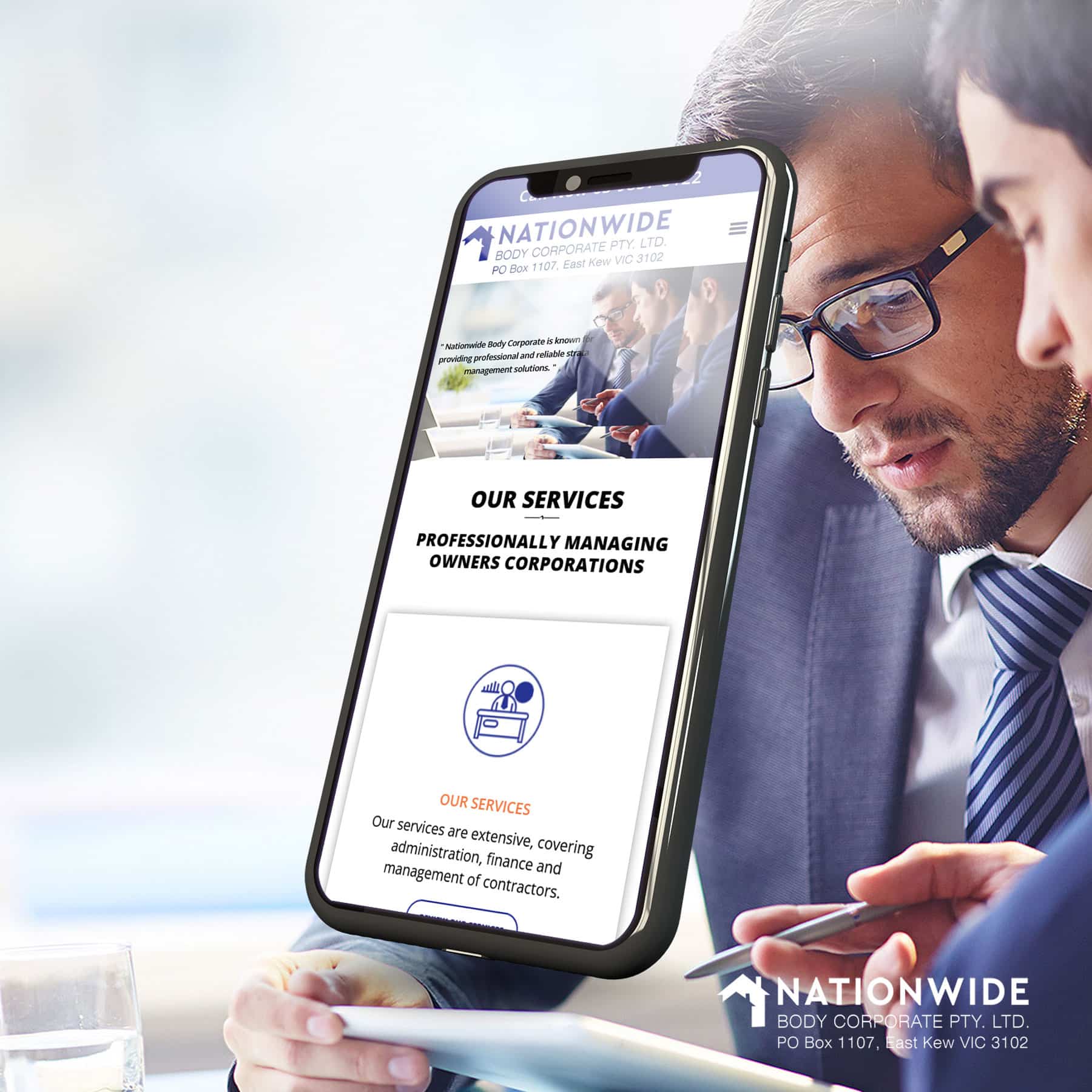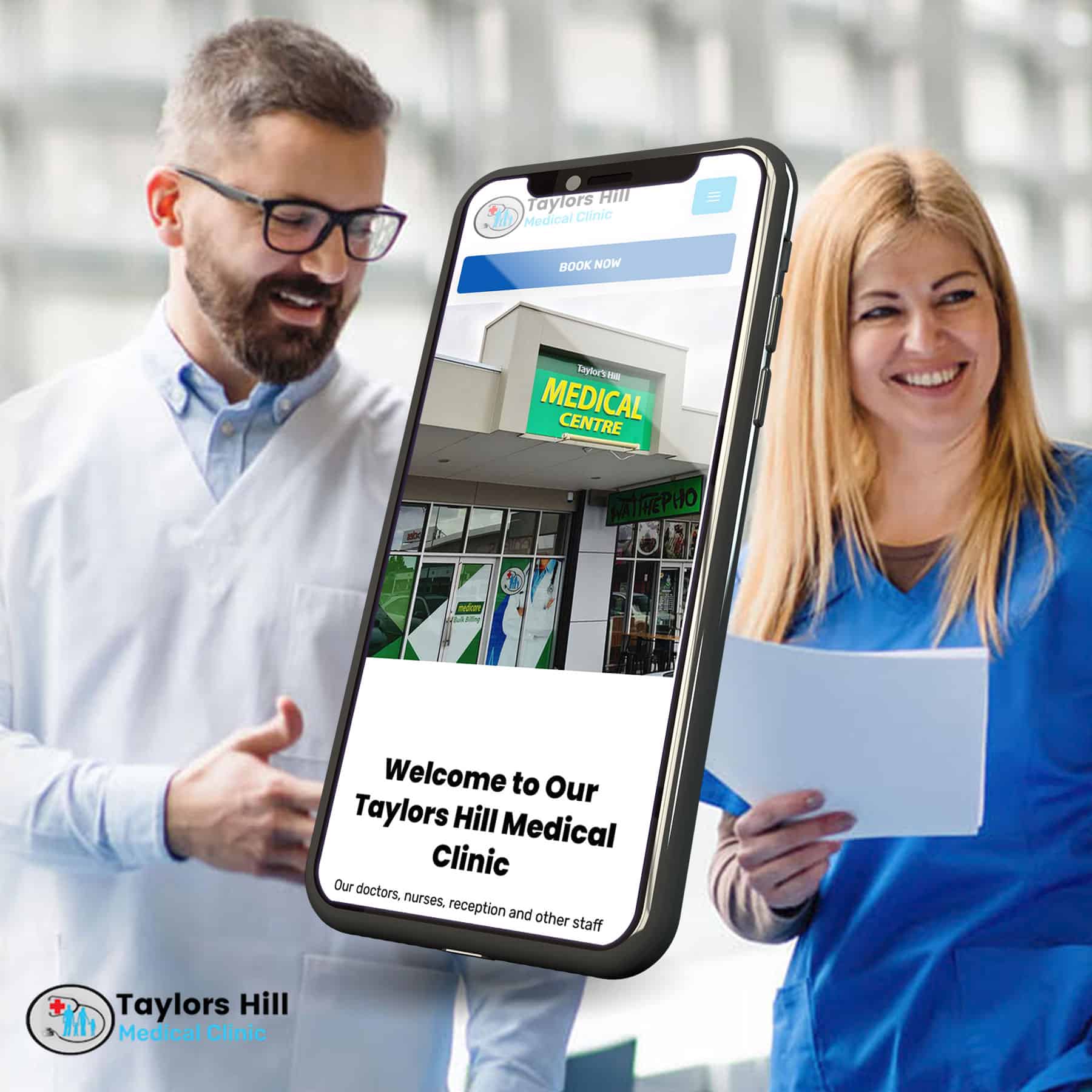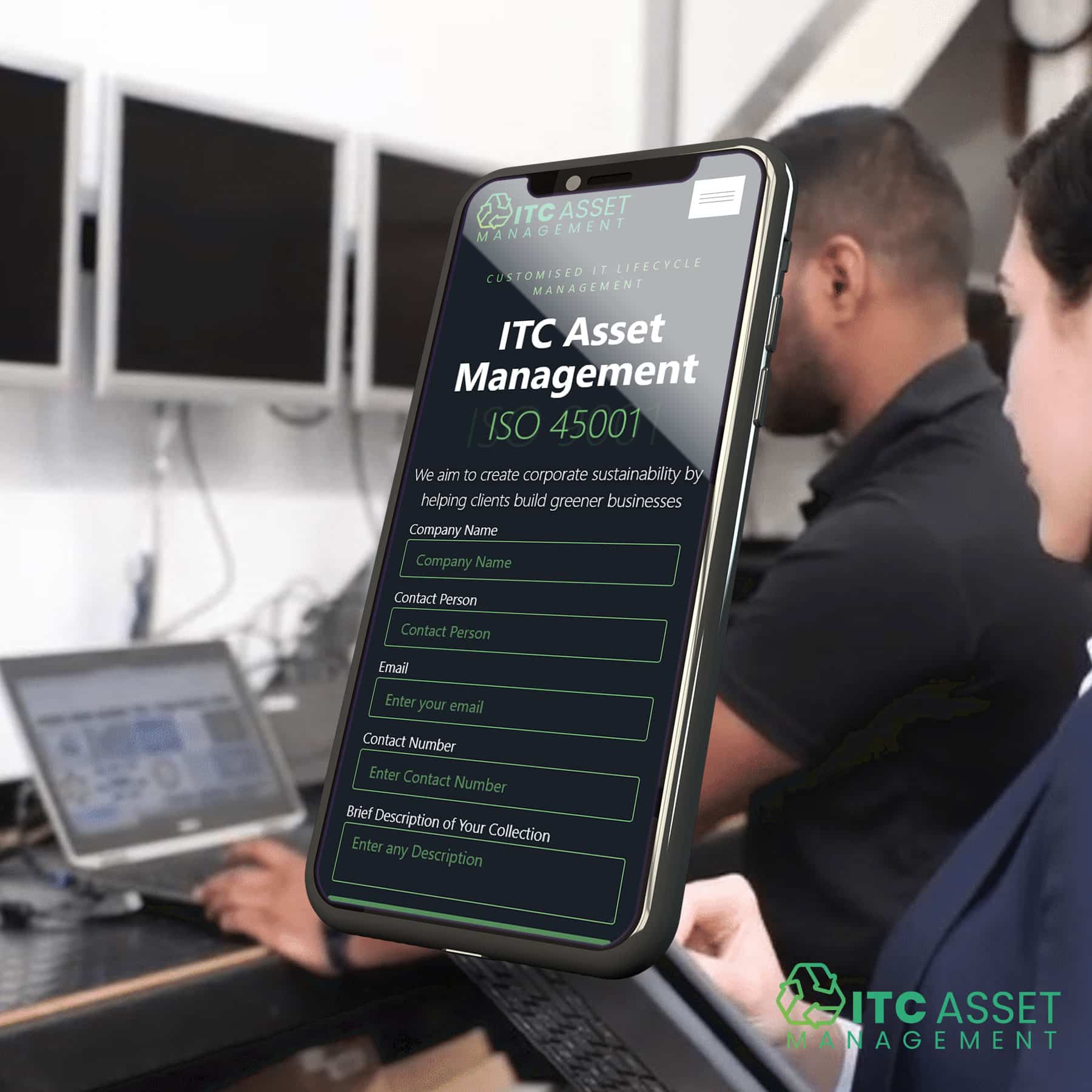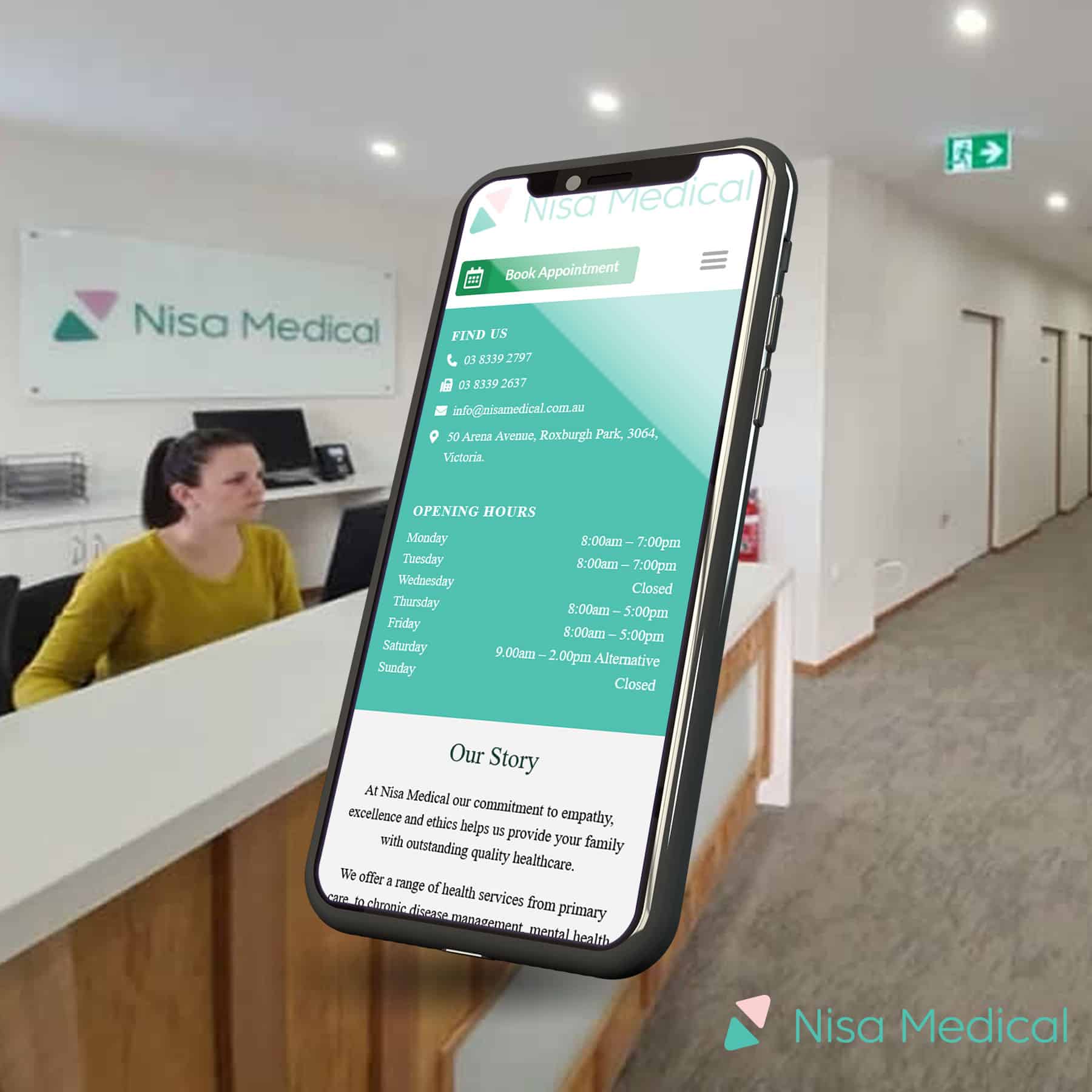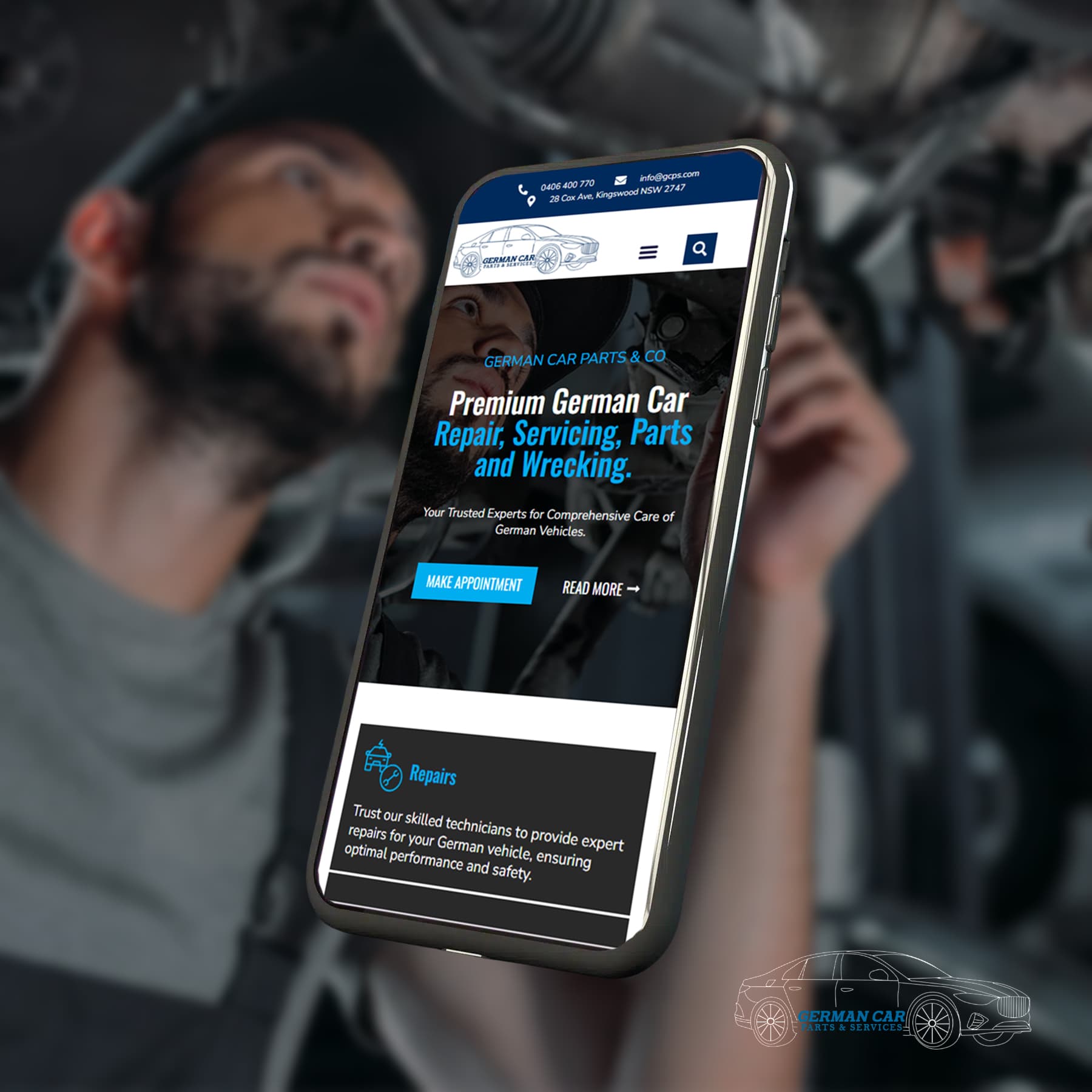Creating a professional website for your enterprise is a big step these days. It will help you to compete with others in dynamic markets like Australia. However, when creating your enterprise website design, you have a process to follow because this can be a complex project.
So, what is the process of enterprise Web development? In this article, we are going to discuss business web development processes so that you have a clear idea when planning your website.
Key stages of enterprise web development
Before we get started, let’s find out what enterprise web development is. In simple terms, this is about creating websites for enterprises or big organisations. They are not just ordinary websites because they should have the potential to handle a lot of visitors and information at the same time.
As mentioned before, enterprise web development in Australia is a complex process that includes several key stages. Each stage is important to ensure the success of the final result.
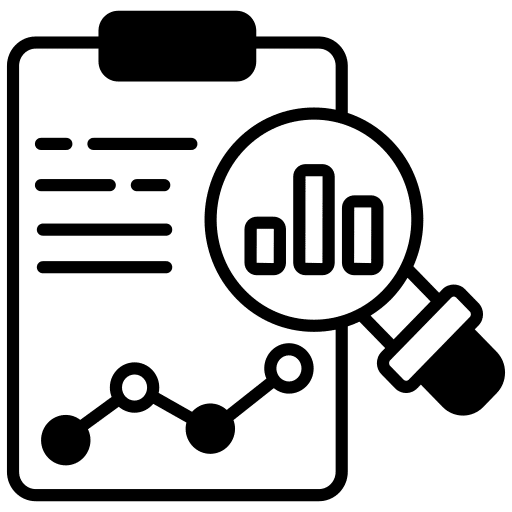
Planning and analysis
The first stage is all about understanding the requirements and objectives of the business. You should identify your target audience and set specific goals for web design to guide the entire project.

Design and development
This stage is not just about making a website look good. You should also create a user-friendly interface that meets the needs of the users and the goals of the business. This is the stage where your website will start to come to life, and visitors can begin to interact with it.
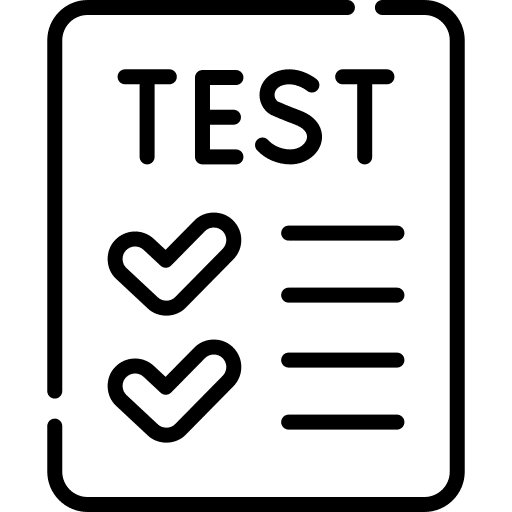
Testing
Before you launch the website, you should carefully check it to find any problems in the system and solve them. It will help to ensure that everything works as it should, is easy for people to use, is safe from hackers, and runs smoothly without slowing down.

Deployment
After passing all tests, the website is ready to go live for the world to see. However, launching a website isn't the end of the road. You should monitor the site closely after the launch to fix any issues that users might face.
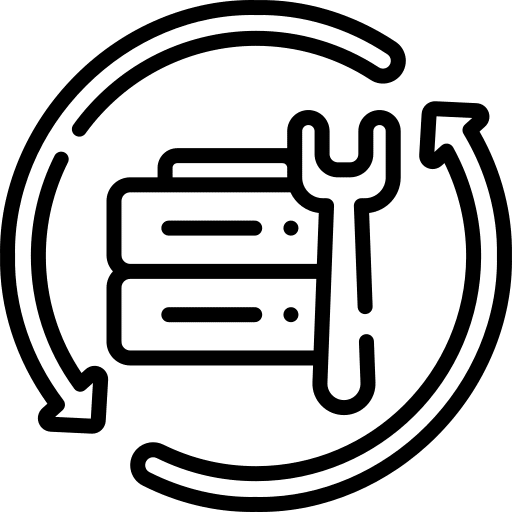
Maintenance and updates
Ongoing maintenance is necessary to ensure the website remains secure, up-to-date and works smoothly. At this stage, you should update content, fix errors, and add new features to the website etc.
Aligning with Australian web development standards
Make it accessible
Australia has guidelines to make sure everyone, including people with disabilities can use websites. You should design your site so that people with different needs can use it easily. For example, someone who can't see well should be able to use screen reading software to listen to what's on your site.
Protect user privacy
When your website collects information from visitors, like names or email addresses, you have to handle this data carefully. Australia's privacy laws require you to tell people how you'll use their information and keep it safe from unauthorised access.
Data protection
This goes hand-in-hand with privacy because you should keep the information your website collects safe and secure. You should use modern technology to protect data from hackers and set clear rules on who in your company can see this information.
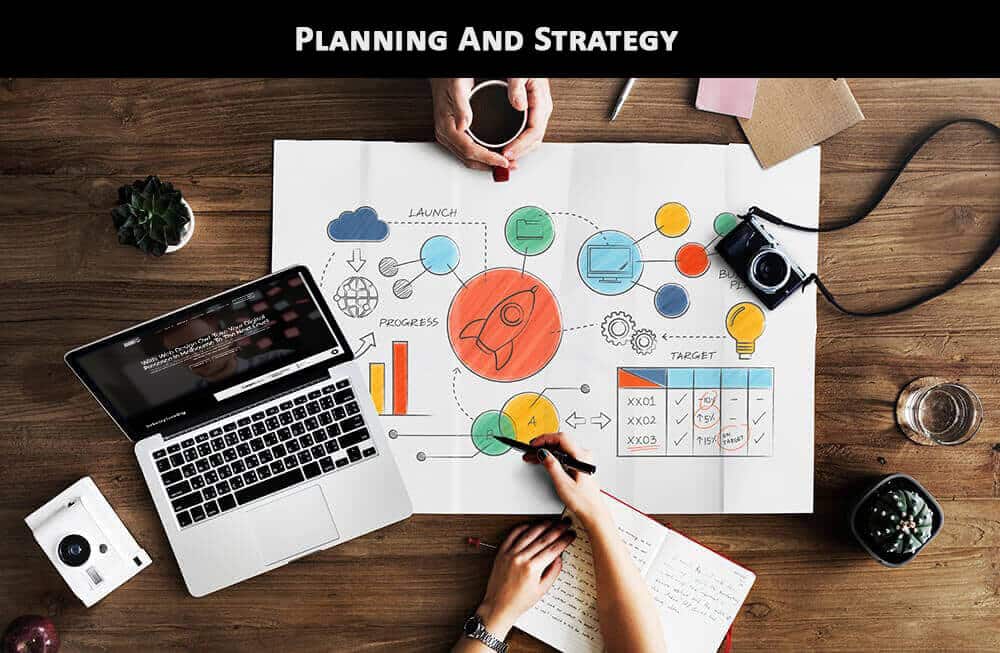
Planning and Strategy: The Foundation of Effective Web Development
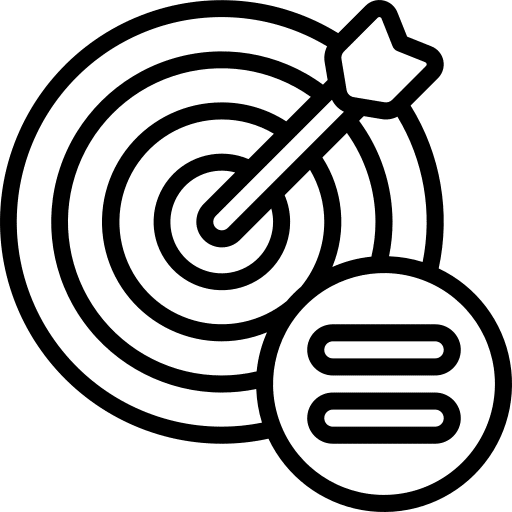
Define goals
Start by being clear about what you want your website to do, like selling more, getting your brand known, or bringing people together.

Know your audience
Figure out who your website is for. You should have a clear idea about their ages, what they like, and how they use the internet. It works better if you make your website to suit their needs.

Check out competitors
Look at other websites like yours. See what they do right and what they're missing. Use this to make your site stand out by offering something special that others don't serve.

Plan your content
Decide what kind of stuff you'll put on your website, like articles, videos, or pictures, to reach your goals and interest your audience.

Make it user-friendly
Work on making your site easy and enjoyable to use. This means it should be easy to surf, load quickly, and work well on any device, including mobile phones and tablets.

Think about SEO (Search Engine Optimisation)
You should adjust the features of your website so that it will rank better on the search engines. You must consider the quality of your content, hosting, loading speed, etc., which can affect your SEO

Set a schedule and budget
Plan how long it will take to make your website and how much it will cost. Make sure to consider the price for designing, developing, hosting, and maintaining it later.
Design and Development: Tailoring to Business Needs

Planning the website
As we discussed earlier, after you plan your business goals and other requirements, this is where you decide on the structure of your website. Think about the different pages you'll need, like a home page, about page, services or products page, and contact page. Planning also involves thinking about how customers will move through your site to find what they need easily.
Designing the website
It's time to begin the design phase. You should choose colours, fonts, and images that will showcase your brand and attract your target audience. Good design is not just visually appealing; it will also make sure that people can easily find their way around your website without wasting time.
Developing the website
With the design ready, the next step is to build the website. At this stage, you have to use a suitable website platform to turn your design into a working site. Your final website should work smoothly, load quickly, and should be secure. Also, making sure it can be easily viewed on phones and tablets is crucial since a lot of people browse the internet on their mobile devices.
Testing and Deployment: Ensuring Quality and Efficiency
Functionality
Every button, link, form, and feature on your website should be tested to make sure they all work correctly.
Compatibility
Your website needs to look good and work well on different devices like phones, tablets, and computers.
Performance
This is about making sure your website loads quickly and doesn't lag. If your site is slow, visitors might leave before they even see what you offer.
Security
Testing for security is crucial to protect your website from hackers. At this step, you should look for security flaws that could affect your site and fix them immediately.
Maintaining and Evolving: Long-term Strategies Top of Form
- Monitoring: After your website is live, you’ll need to monitor it to ensure everything continues to run smoothly. This includes checking for any issues that users might report and fixing them quickly.
- Analytics: Using tools to keep track of how people use your site can help you learn a lot. You can see which parts of your website people like the most and where you might need to make changes
- Content updates: Regularly add new and relevant content to keep visitors coming back. You could do this by blog posts, news updates, or new product information.
- Feature enhancements: Introduce new features or improve existing ones based on user feedback and technological advancements.
- Security checks: Continuously monitor and update security measures to protect against new threats. At this step, you should install the new updates and patches and use security tools to keep hackers out.
- Performance optimisation: Regularly check the website’s loading speed and responsiveness. Make adjustments as necessary to ensure it remains fast and accessible to all users.
- Backup regularly: Keep regular backups of the website’s data. This ensures that if you lose all the data and your website, you can restore it quickly.
- SEO updates: Search engines keep on changing their algorithms to make sure that the most suitable websites appear on the search results. So, you should update your SEO strategies to adapt to these changes in search engine algorithms.
- User feedback: Actively seek and respond to user feedback to make improvements that enhance the user experience.
Let's Find Out Our Success Stories & Social Buzz
Testing and Monitoring Mobile Performance
It is crucial to test and monitor your mobile site’s performance regularly. Tools like Google Analytics can track user behaviour and identify areas for improvement. Conduct usability tests to gather feedback on the mobile experience and make necessary adjustments. Continuous monitoring ensures that your site remains optimised and provides the best possible experience for mobile users.
Mobile optimisation is a continuous process that requires regular attention and updates. By implementing the strategies discussed in this article, Melbourne businesses can create a seamless and engaging mobile experience for their users. Start optimising your site today to enhance user satisfaction, improve search engine rankings, and stay ahead of the competition.
Web Design Owl Melbourne is a premier agency specialising in mobile optimisation. With years of experience and a keen understanding of the latest trends, they tailor their strategies to meet the unique needs of Melbourne businesses. Their approach combines innovative design with technical expertise, ensuring every website they develop is visually appealing and highly functional on all mobile devices. By partnering with Web Design Owl, businesses can expect enhanced user experiences, improved mobile rankings, and a stronger online presence.
Web Design owl's Unique Approach to Enterprise Web Development
We are a professional web designing and developing company in Australia that can design the perfect website for your business. Our expert team understands the business web development processes well, and here’s how we can help you.
- Custom solutions: We create custom web solutions tailored to each company’s requirements, ensuring the website does exactly what the business wants.
- Advanced technology: Web Design Owl uses the latest technology to build our websites, making them fast, secure, and user-friendly.
- Focus on goals: We pay close attention to the goals and values of your business and make sure the website helps achieve them efficiently.
- Team expertise: Our team has experts who specialise in different areas of web development. Therefore, we can handle all aspects of creating a website, from design to coding.
- Ongoing support: Web Design Owl doesn’t just build a website and leave. We offer ongoing support to help businesses keep their websites updated and running smoothly.
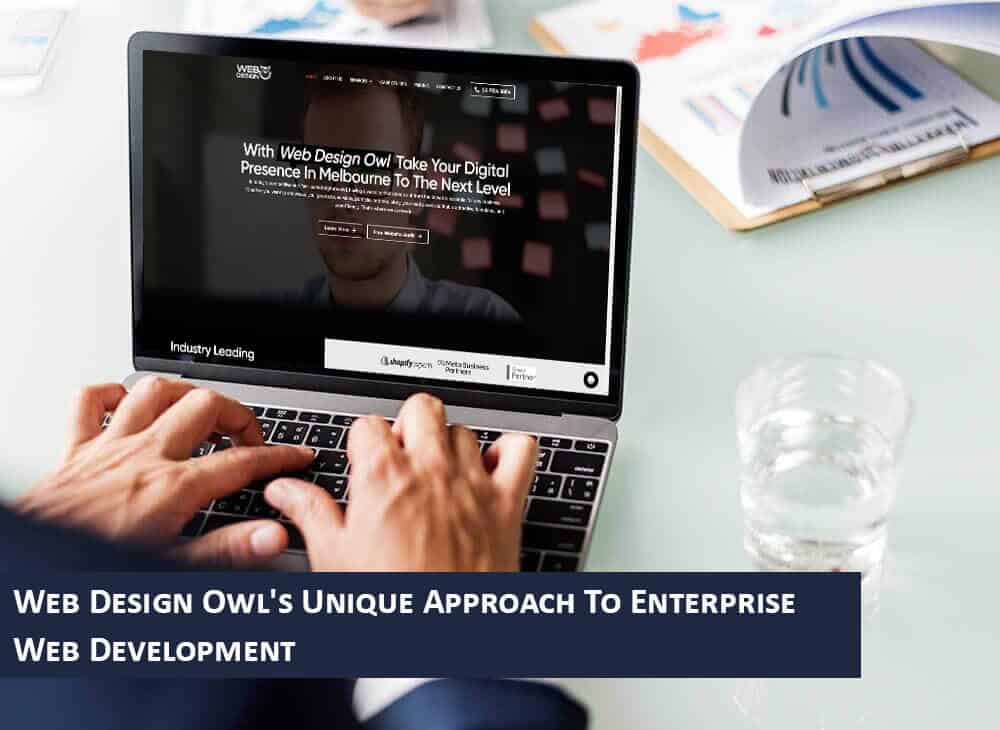
As you can see, enterprise web development is a continuous process. It doesn’t end once you launch your website; that’s why you need experts to maintain it. There are website development platforms that help you to design your website easily.
However, designing an enterprise can be a bit complex. You would need previous experience to design your website, as well as some coding skills and SEO skills to make this process smooth. That’s where professional web designing companies like Web Design Owl come into play.
Make sure to contact our team to learn more about Web Design Owl web development packages.
frequently asked questions
What makes Web Design Owl's approach to enterprise web development unique?
Web Design Owl employs a distinctive strategy for enterprise web development that prioritises customised solutions, adherence to Australian Web Standards, and a focus on user experience. Their process encompasses strategic planning, innovative design, robust development practices, and ongoing support to ensure websites are visually appealing but also functional, secure, and scalable, catering specifically to the needs of large organisations in Australia.
What can clients expect from Web Design Owl's experience in enterprise web development?
Clients can anticipate a comprehensive and bespoke service from Web Design Owl, characterised by its commitment to understanding and meeting the specific needs of large organisations. Their experience in enterprise web development is marked by a strategic approach to design, development, and maintenance, ensuring that each project is aesthetically pleasing, functional, secure, and optimised for user experience, aligned with Australian Standards and business objectives.
How can Web Design Owl enhance business web development processes?
Web Design Owl enhances business web development by providing customised solutions focusing on strategic planning, user-centric design, and robust functionality. They offer comprehensive support, from conceptualisation to deployment and maintenance, ensuring businesses have a visually appealing online presence that is efficient, secure, and aligned with their specific goals and requirements. For more details, you can explore their services on their website.
What is the pricing for enterprise web development at Web Design Owl
Pricing for enterprise web development at Web Design Owl varies based on project complexity, scope, and specific business requirements. They offer customised solutions tailored to each client’s needs, ensuring that pricing reflects the value and scalability of the service provided. For an accurate quote and detailed pricing information, it’s best to contact Web Design Owl directly through their website.
Powerful Tools We Use to Build Exceptional websites



